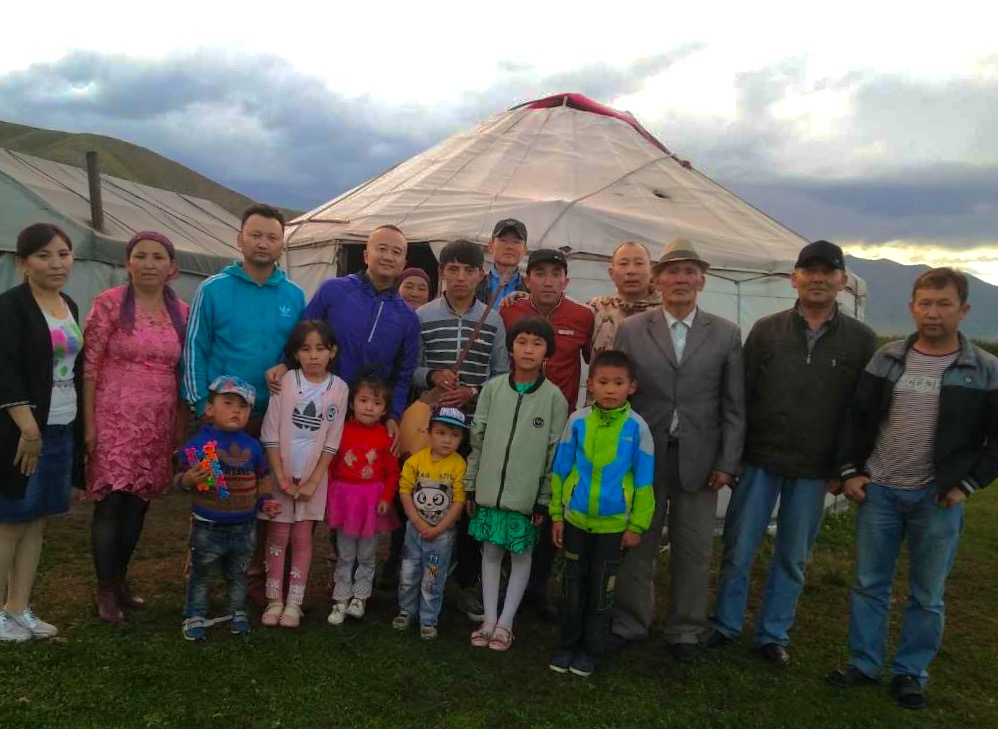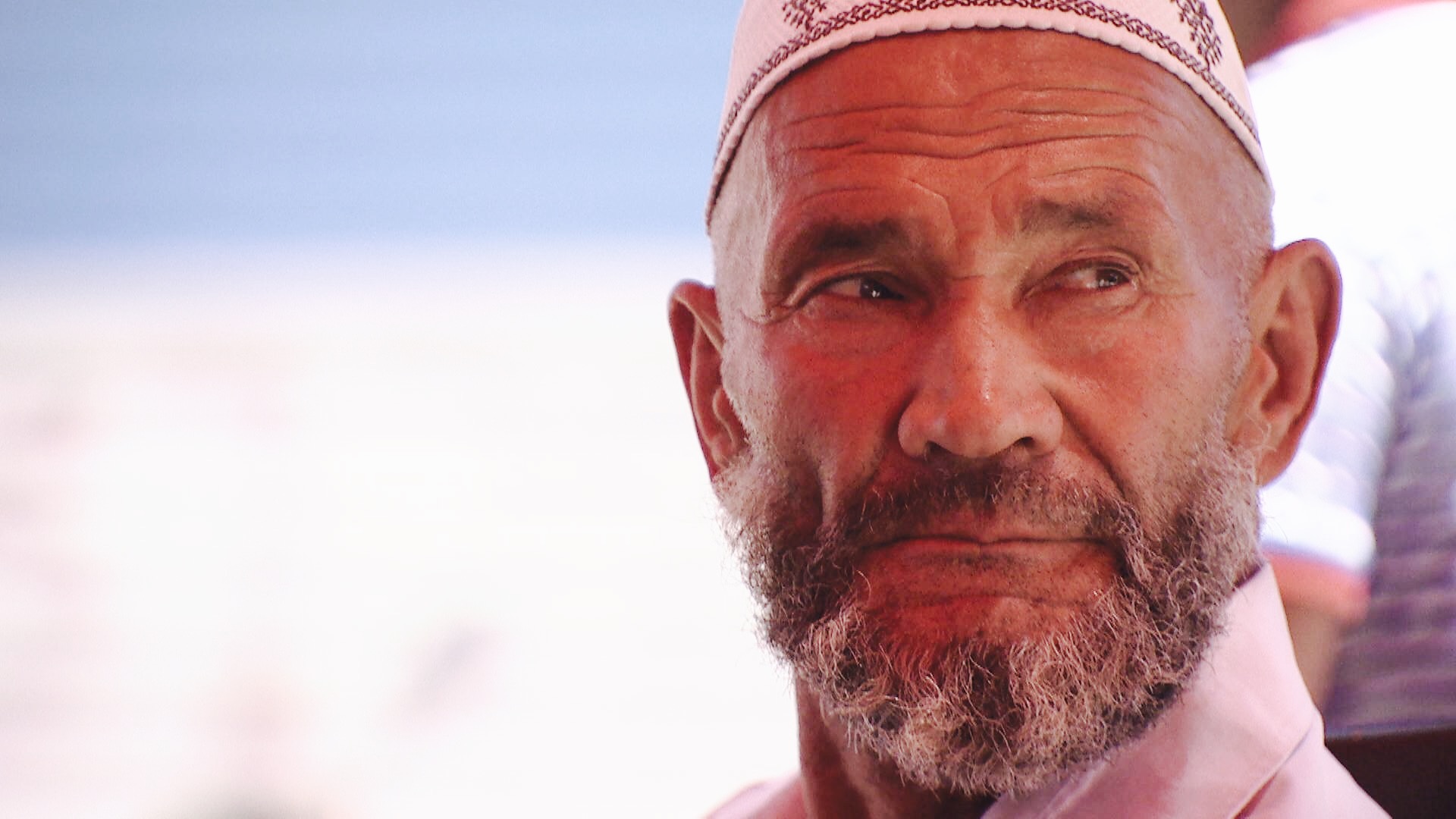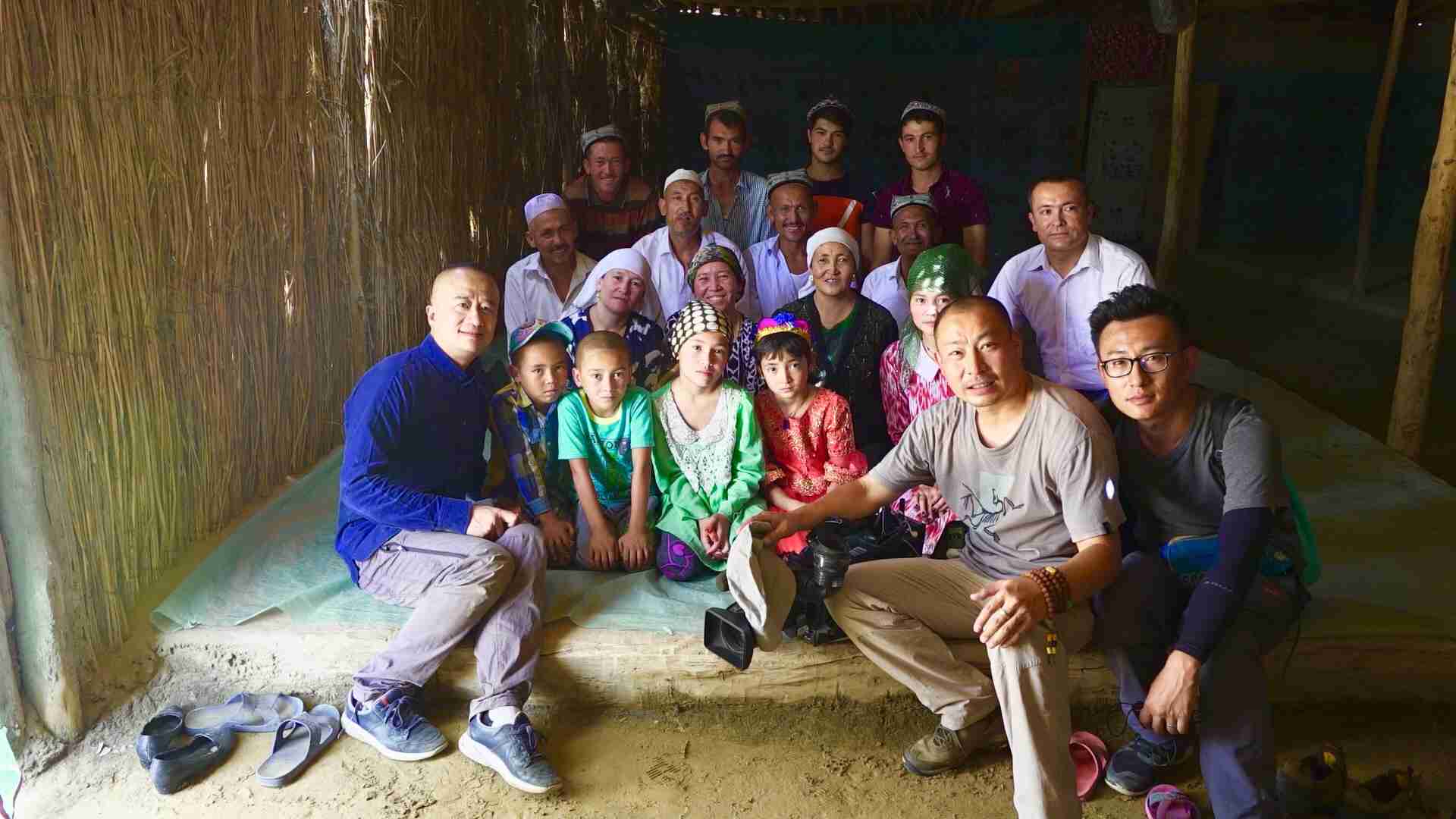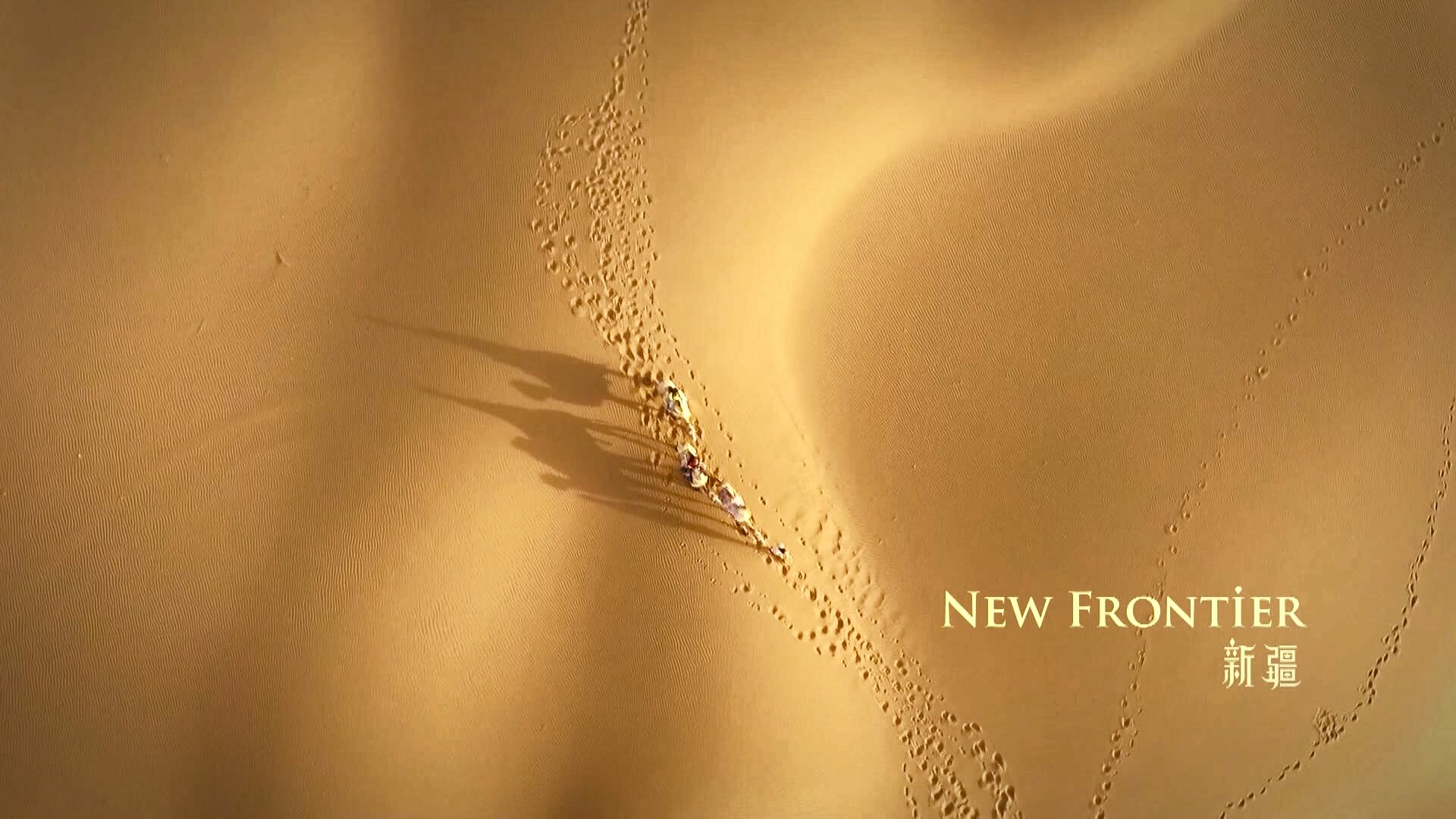Xinjiang: Exploring China’s New Frontier, is an in-depth report providing different perspectives on China’s far-western region. I think how we view Xinjiang is summed up in our final piece: Xinjiang is a land of beauty and contrast, it’s China’s frontiers in all ways, people there have different dreams, and the region is changing fast while struggling to preserve its best… This series is about the challenges and transformation and the price for these things. It’s also about its people undergoing social changes.

Telling Stories of People
We wanted to tell viewers about China's new frontier through its people, so we needed different ethnic groups, ages and occupations. Xinjiang’s development has changed their lives, and their lives are reflections of the social transformation.
We’ve profiled a number of older people, who want to keep the traditional lifestyle. Abay Johmubay, a Kazakh herdsman who has been roaming the grasslands ever since he was born, feels that he is sitting at the edge of the ancient world, in an increasingly urban Xinjiang. Uyghur Uxurhan Wali lost her son in a terrorist attack. She wants to tell others that terrorism destroys families; she hopes her hometown will enjoy peace.

We also interviewed many young people. They are the representatives of the new generation in Xinjiang. Almas Polat may help change some stereotypes about young Uyghurs. He runs a Uyghur food business, and says the biggest problem to unemployment is the ways of thinking. Yan Xi, an environmental conservation volunteer, is on a mission to save a rare species of duck in a wetland in Urumqi that may be swallowed by development.
These are ordinary people, but they are doing extraordinary things to make a better life for themselves and for others. We were lucky to meet them and bring their stories to public attention. They are the ones who provide true pictures of Xinjiang. We’ve gained so much by giving them a platform for their voices. The feedback has been tremendous, and mostly positive. I hope our series can serve as a bridge linking Xinjiang and the outside world.

Breaking the Stereotypes
One of the biggest challenges is not about reporting in China’s most remote areas, but how to present the issues in Xinjiang within the global discourse. There’ve been a lot of stereotypes such as the trivialization of ethnic minorities, the destruction of traditional culture by the majority Han Chinese, and how people in Xinjiang don’t appreciate preferential policies. There’s always some truth in stereotypes, the problem is when that is all you see.
There are different images of Xinjiang. Some Western people see it as a place full of grapes, sheep and Uyghur repression. Chinese outside the region usually regard its people as undereducated, or only good at singing and dancing, or sadly, as extremists or ungrateful for preferential policies.

Comments on social media have been widely divided, especially among the Chinese viewers. This shows the huge challenges facing the government in its attempt to bring prosperity and stability to the region, which makes up about a sixth of the country’s total land mass. This also shows the challenges for media to provide true pictures of Xinjiang.
I’m so grateful to cameraman Huang Xiaodong and script consultant Laurie Lew. We’ve formed a strong triangular team to meet this challenge to break stereotypes. I couldn't have done it without them. This is why the Xinjiang series is important, talking about these stereotypes and trying to find what’s behind such thinking. We want to make people think and feel the changes and complexity of Xinjiang on its path of development. I hope we have in some ways achieved this goal.

Stories Never End in Xinjiang
Looking back, it was an unforgettable experience to get into the heartlands of China’s northwestern frontier. We wanted to do something different. But there are some things we can’t change, like the prejudice regarding Xinjiang. That’s the reason we need to continue to follow the changes and go back to Xinjiang one day.
Xinjiang is so vast and diverse that six weeks' filming in the field can only provide a glimpse of its unique cultures and dramatic transformation. As we've said in the final episode, we can’t provide THE true picture of Xinjiang -- there’s no ONE true picture.

This region is full of contrast and change – it defies any simple answers, but the ethnic issues and religion have made what’s happening there more complicated. I think what really makes this Xinjiang special different is we don’t focus on the usual debated issues, and we provide alternatives for viewers to form their own perspectives.
Xinjiang is on a track of fast development. There's progress, and it comes at a cost. I do believe as more people get direct access to this region, and talk to the people, conflicting images of Xinjiang in the outside world will gradually improve. Xinjiang is a place where stories never end. It’s a place that deserves our attention for a long time.









